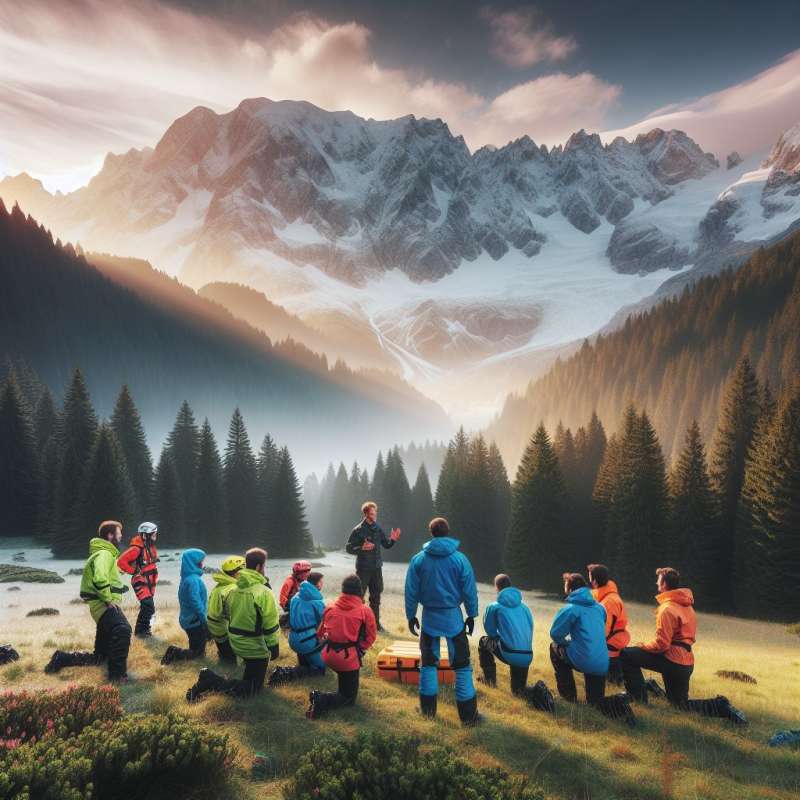
Understanding Avalanche Causes
Avalanches are triggered by a combination of snowpack, weather conditions, and slope angle. Surprisingly, human activity is a significant trigger, with 90% of avalanche incidents involving skiers, snowboarders, or snowmobilers. Recognizing these factors can help in predicting and preventing avalanches.
Vital Gear for Survival
Carrying an avalanche beacon, probe, and shovel is crucial. A lesser-known fact is the importance of an airbag backpack. When deployed during an avalanche, it can increase your chances of staying on the surface by 97%, significantly reducing burial depth.
Effective Rescue Techniques
In case of burial, the first 15 minutes are critical for survival. Acting quickly using a methodical search pattern with the beacon, probe, and shovel can save lives. Surprisingly, 90% of avalanche victims found within this timeframe survive, highlighting the importance of prompt action.
Terrain and Weather Assessment
Understanding terrain is crucial. Slopes between 30-45 degrees are most avalanche-prone. Additionally, rapid temperature changes and heavy snowfall increase risk. Notably, 80% of avalanches occur during or just after a storm, emphasizing the need for constant weather monitoring.
Education and Practice Drills
Continuous learning and regular practice drills are essential. Surprisingly, attending an avalanche safety course can reduce your risk of being caught in an avalanche by 60%. Hands-on training prepares you for real scenarios, enhancing both knowledge and confidence.Avalanche Animal Survivors
Did you know? Mountain goats can often survive avalanches by 'swimming' through the snow, using their hooves to stay on top.
What angle is most avalanche-prone?
20-30 degrees
30-45 degrees
45-60 degrees
Company